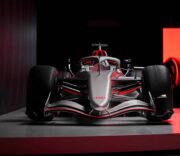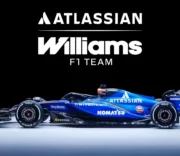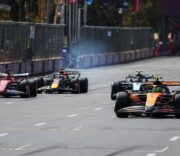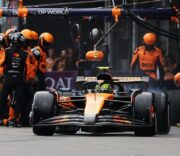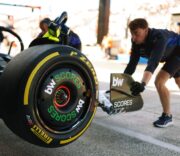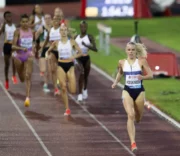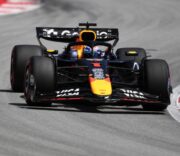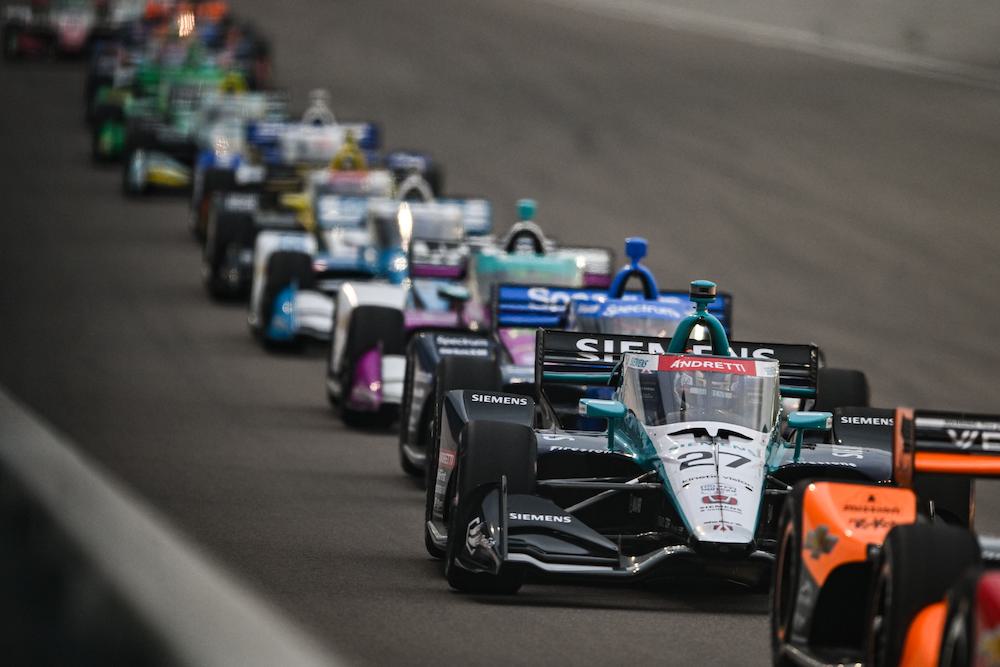
Lap times will drop, but only slightly
The FIA has given its first clear indication of what fans can expect from Formula 1’s new regulations in 2026. Nikolas Tombazis, the FIA’s single-seater director, explained that simulations suggest the next generation of cars will be between 1 and 2.5 seconds slower per lap than the current ones. He added that this gap will close as development progresses and insisted that fans will quickly get used to the difference.
Tombazis also dismissed speculation that the new cars could approach Formula 2 levels of performance. According to him, once drivers and spectators adapt to the new pace, lap times will not be a major issue.
Why the difference? Less downforce, more top speed
The upcoming regulations aim to reduce downforce, which means lower cornering speeds. At the same time, active aerodynamics will allow higher top speeds on the straights, giving the cars a different performance profile. Some teams may initially struggle to maximise their setups, but overall the FIA expects racing to remain fast and competitive.
Manual Override Mode to replace DRS
Another significant change is the end of DRS. From 2026, cars will use active aerodynamics with two modes: X-mode for straights and Z-mode for corners. This system provides all drivers with low-drag setups, making DRS unnecessary as an overtaking tool.
Instead, drivers will have Manual Override Mode, a temporary power boost similar to push-to-pass in IndyCar. Tombazis said the feature is being adjusted to ensure overtaking is challenging but possible. The boost will vary depending on the circuit, with the aim of preventing passes from being either too easy or nearly impossible.
The bigger picture for 2026
Although the cars will initially be slower, the FIA emphasises that the priority is closer racing rather than pure lap times. The combination of active aerodynamics and Manual Override Mode is expected to reshape F1’s racing dynamics, promising more strategic battles on track even if outright speed decreases slightly at first.







